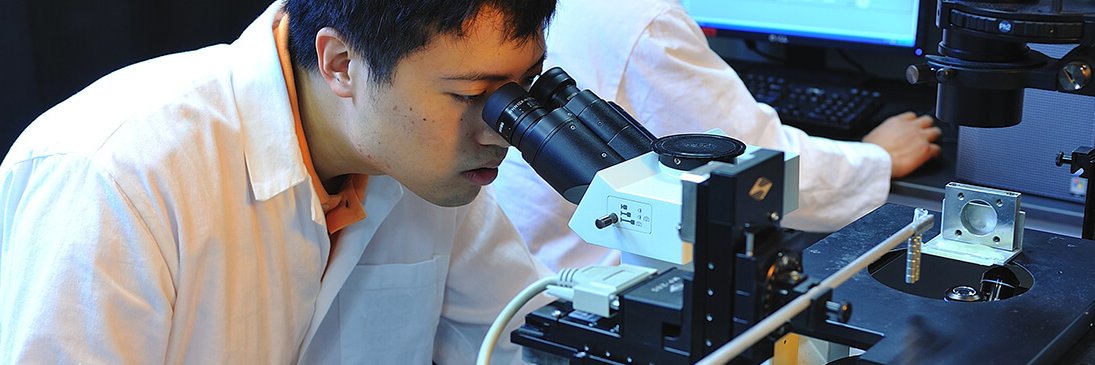
FOS Research
@ResearchFoS
Showcasing the amazing research at Faculty of Science, National University of Singapore.
NUS pharmacy researchers have demonstrated that multi-component interventions are required to improve the regular intake of cholesterol-lowering medications. thelancet.com/journals/eclin…

NUS researchers have solved a 60-year-old mystery in bacterial cell envelope biology, defining the primary function of an important protein complex responsible for maintaining the stability of the outer membrane. nature.com/articles/s4146…
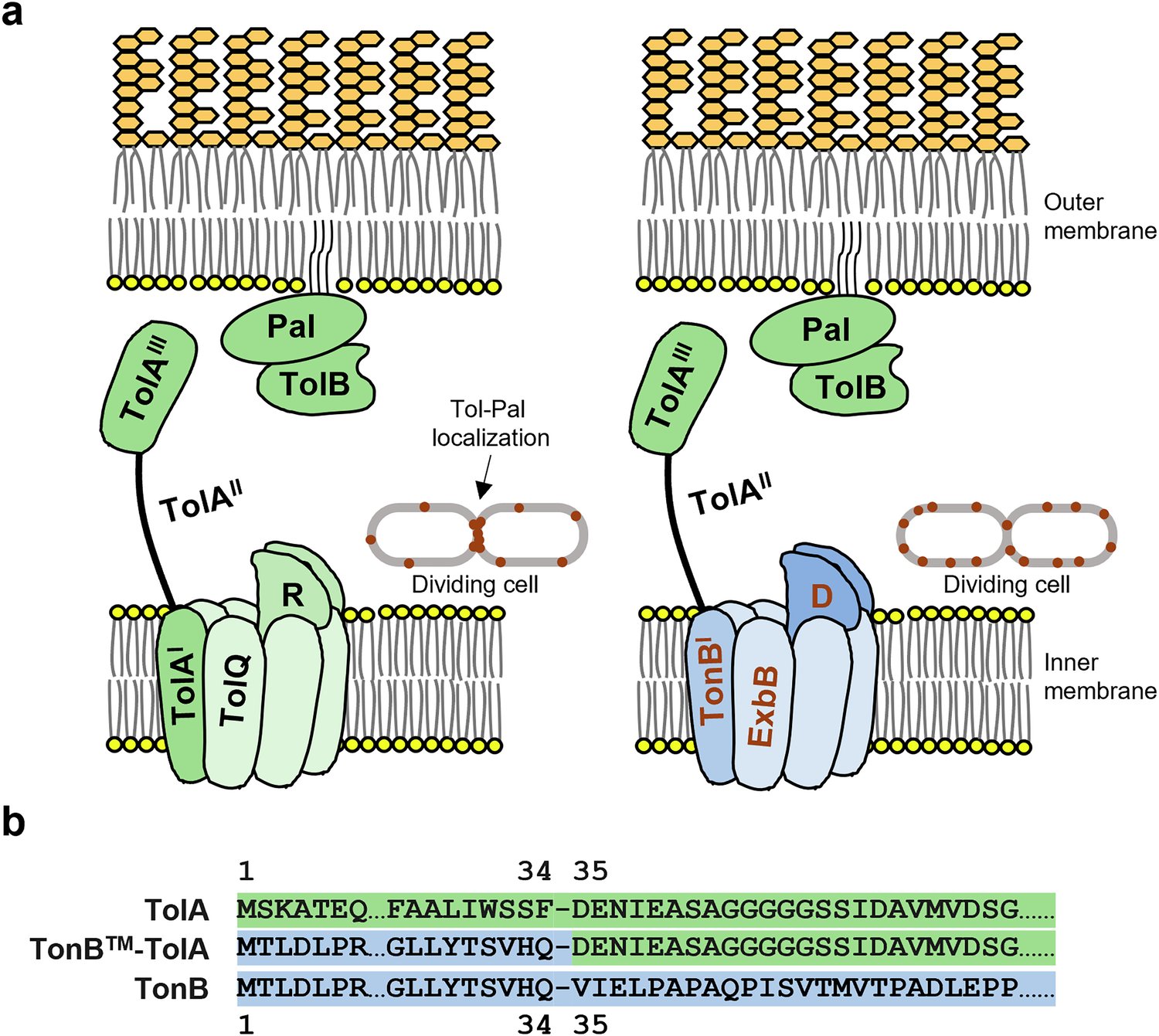
NUS researchers have achieved an exciting progress in quantum metrology, a field that harnesses quantum effects to make measurements with unprecedented accuracy. journals.aps.org/prl/abstract/1…
NUS researchers have developed a new class of lanthanide-doped nanomaterials that exhibit extraordinarily high optical nonlinearity, exceeding a magnitude of 500. nature.com/articles/s4158…
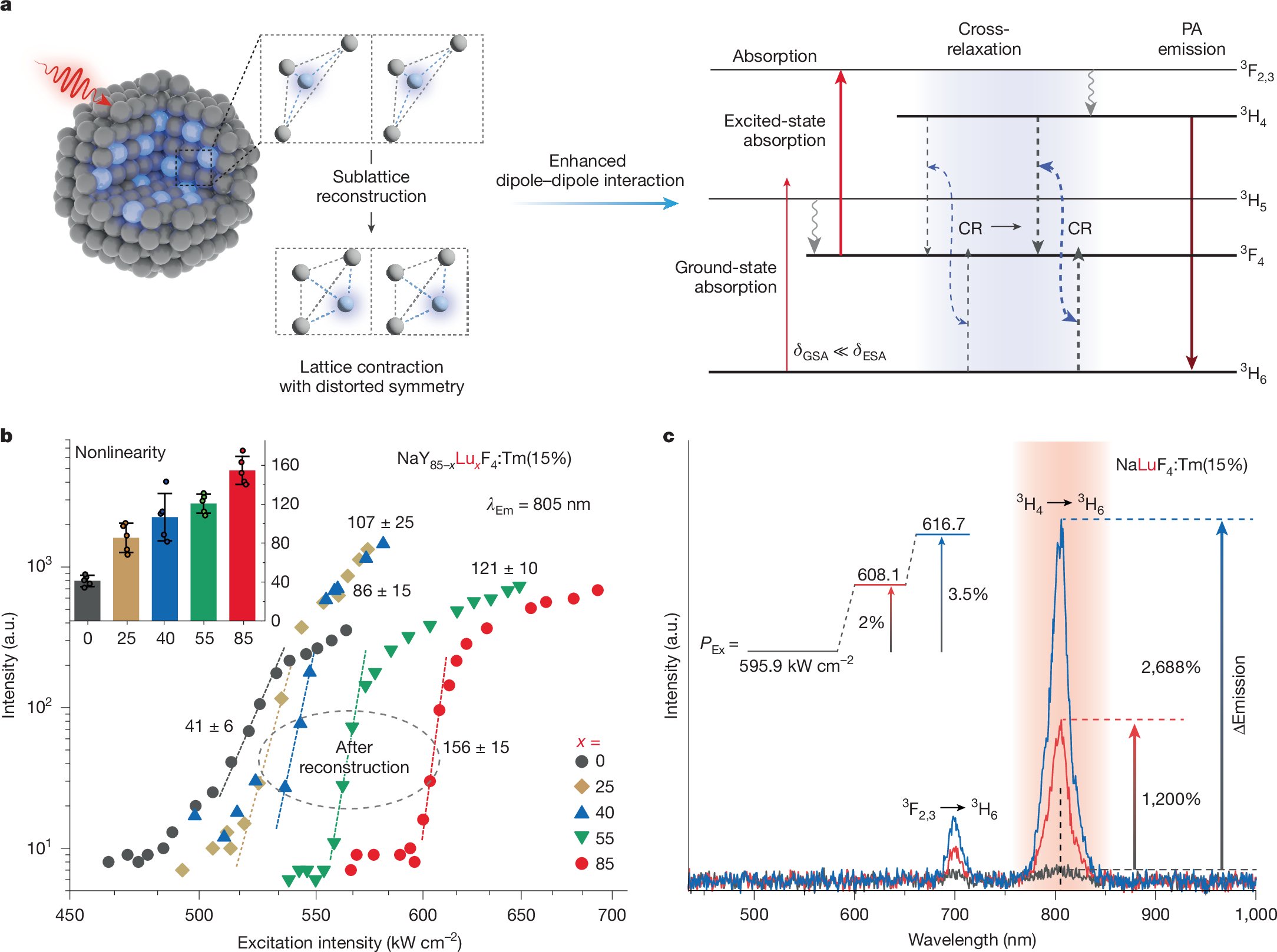
NUS scientists have developed NAPTUNE, a point-of-care assay that identifies trace amounts of disease-related genetic material, including nucleic acid and protein markers, in less than 45 minutes. nature.com/articles/s4146…
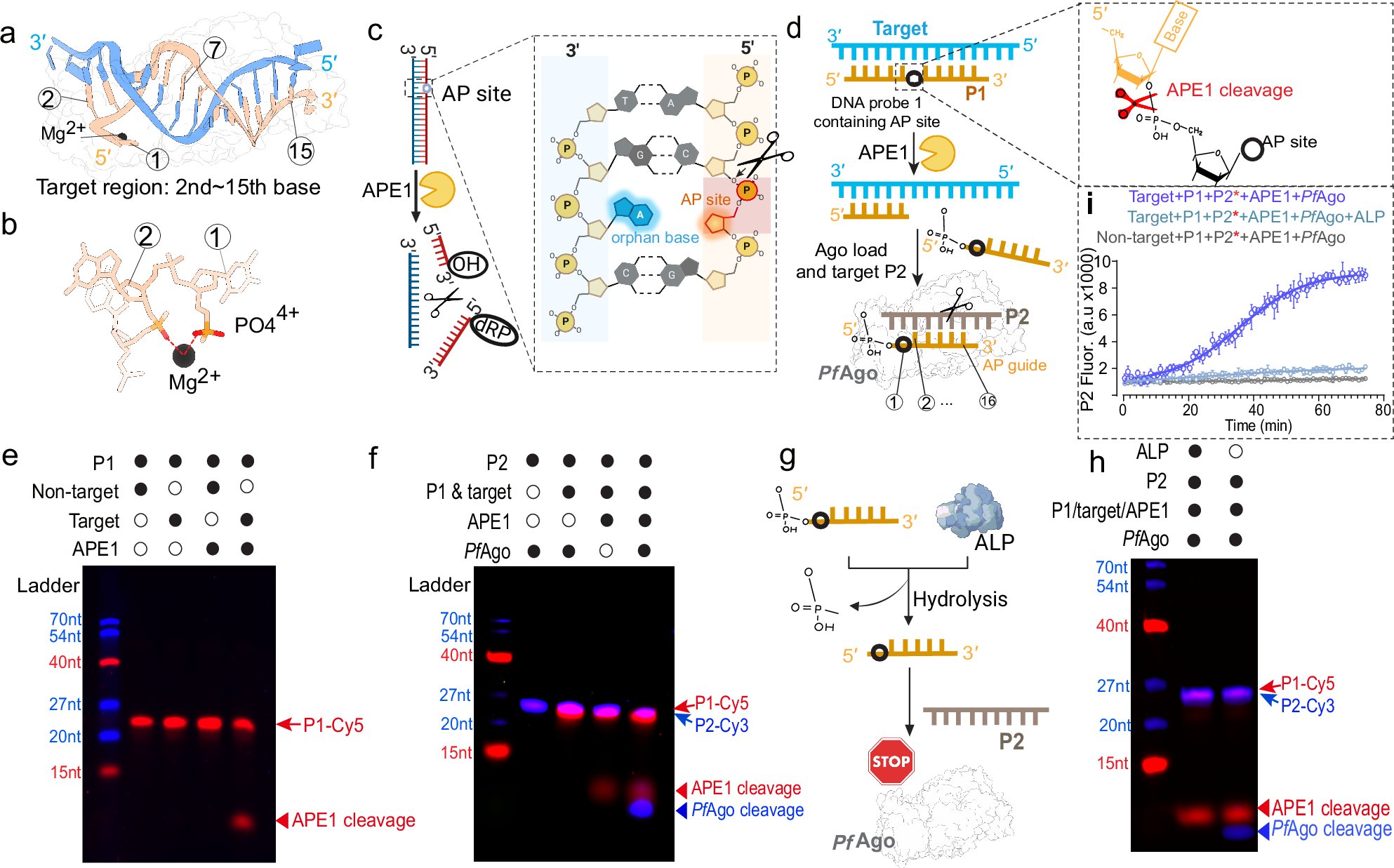
NUS statisticians have developed a pioneering approach for analysing population-scale metabolomic data, marking a major advancement in the precision and depth of metabolic profiling. pnas.org/doi/10.1073/pn…

NUS biologists used horseshoe crabs’ genomes to shed light on their past and on their future. conbio.onlinelibrary.wiley.com/doi/10.1111/co…
NUS chemists developed an “anchoring-borrowing” strategy, combined with facet engineering, to develop a new class of artful single-atom catalysts (ASACs). These catalysts enhance cross-coupling reactions for fine chemical and pharmaceutical industries. nature.com/articles/s4146…
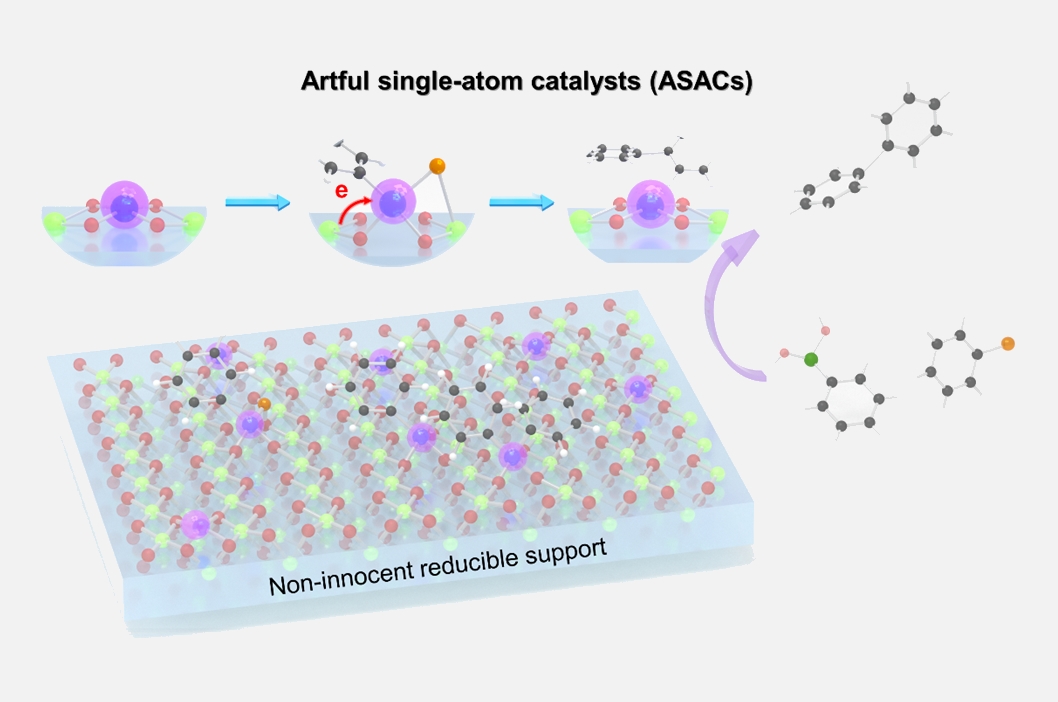
NUS physicists have discovered a new copper-free high-temperature superconducting oxide near 40K at ambient pressure - the first major breakthrough in four decades. nature.com/articles/s4158…

NUS physicists have synthesized very pure superconducting materials and redefined the critical role of hydrogen in the newly discovered nickel-oxide superconductors. nature.com/articles/s4146…
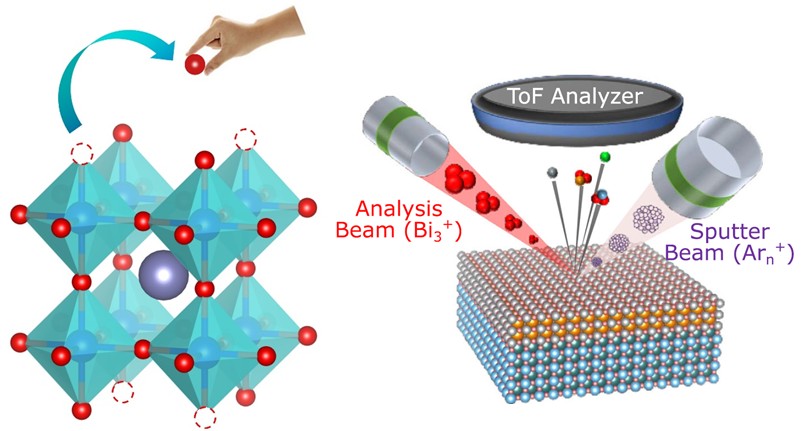
NUS pharmaceutical scientists have developed a novel chemical reaction that enables the precise functionalisation of peptides and proteins. This approach could provide a useful tool for bioconjugation and drug discovery. pubs.acs.org/doi/abs/10.102…
NUS chemists have successfully imaged the dynamic assembly of bilayer covalent organic frameworks (COFs) in solution, providing new insights into controlled stacking and moiré superlattice formation. nature.com/articles/s4155…
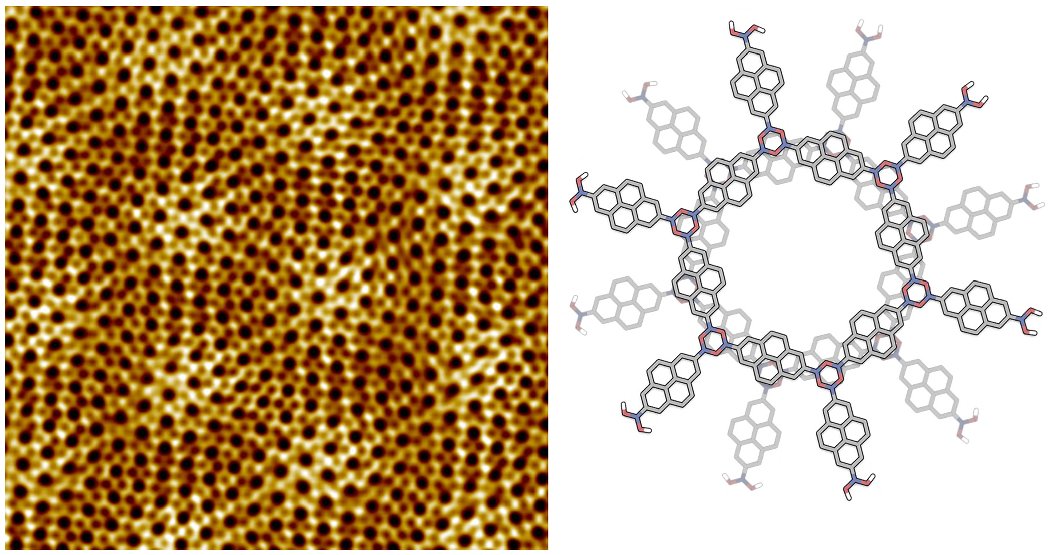
NUS researchers have pioneered a new catalytic transformation that converts epoxides into fluorinated oxetanes, a coveted but difficult-to-make class of drug molecules that escaped synthetic preparation for years. nature.com/articles/s4155…

NUS mathematician has made a significant breakthrough in understanding cosmic censorship in our universe by expanding the understanding of naked-singularity instability mechanism to the fully anisotropic scenario. arxiv.org/abs/2401.02003
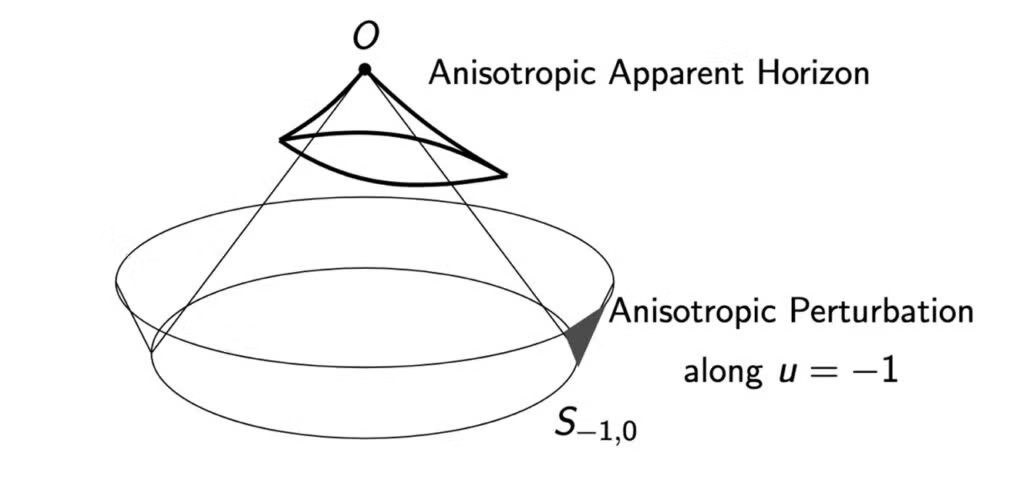
NUS chemists in collaboration with Pfizer have made groundbreaking advancements in the synthesis of 1,2,3-triazole – a key building block in the manufacture of a life-saving antibiotic. Below is a SciPod of the research work. scipod.global/dr-patrick-one…
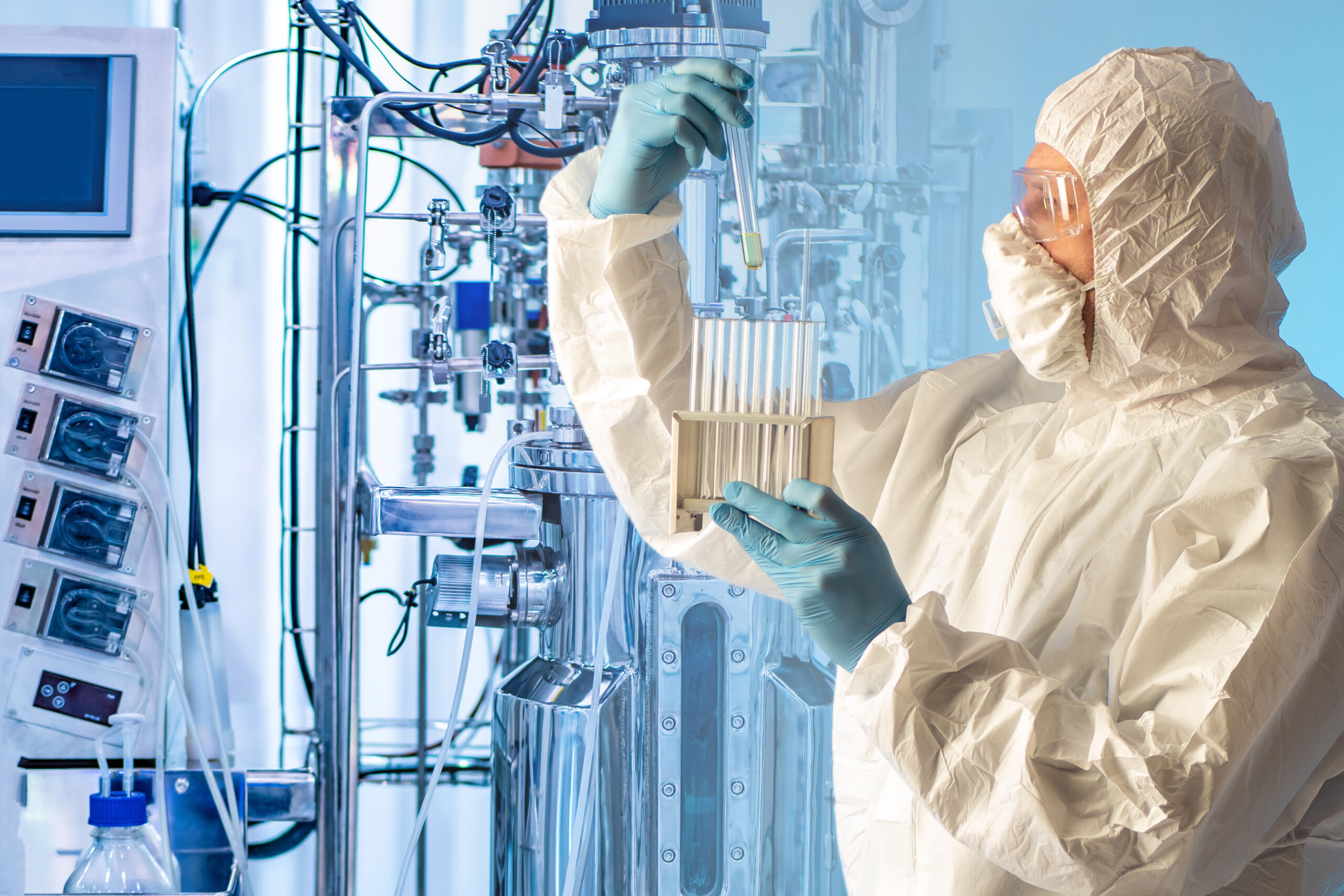
NUS biological scientists have uncovered how the dengue virus uses its envelope protein to capture human plasmin from a blood meal to enhance the permeability of the mosquito midgut for infection. onlinelibrary.wiley.com/doi/10.1002/pr…
NUS researchers have achieved a breakthrough in the development of next-generation carbon-based quantum materials. The innovation involves a novel type of graphene nanoribbon, named Janus GNR. nature.com/articles/s4158…
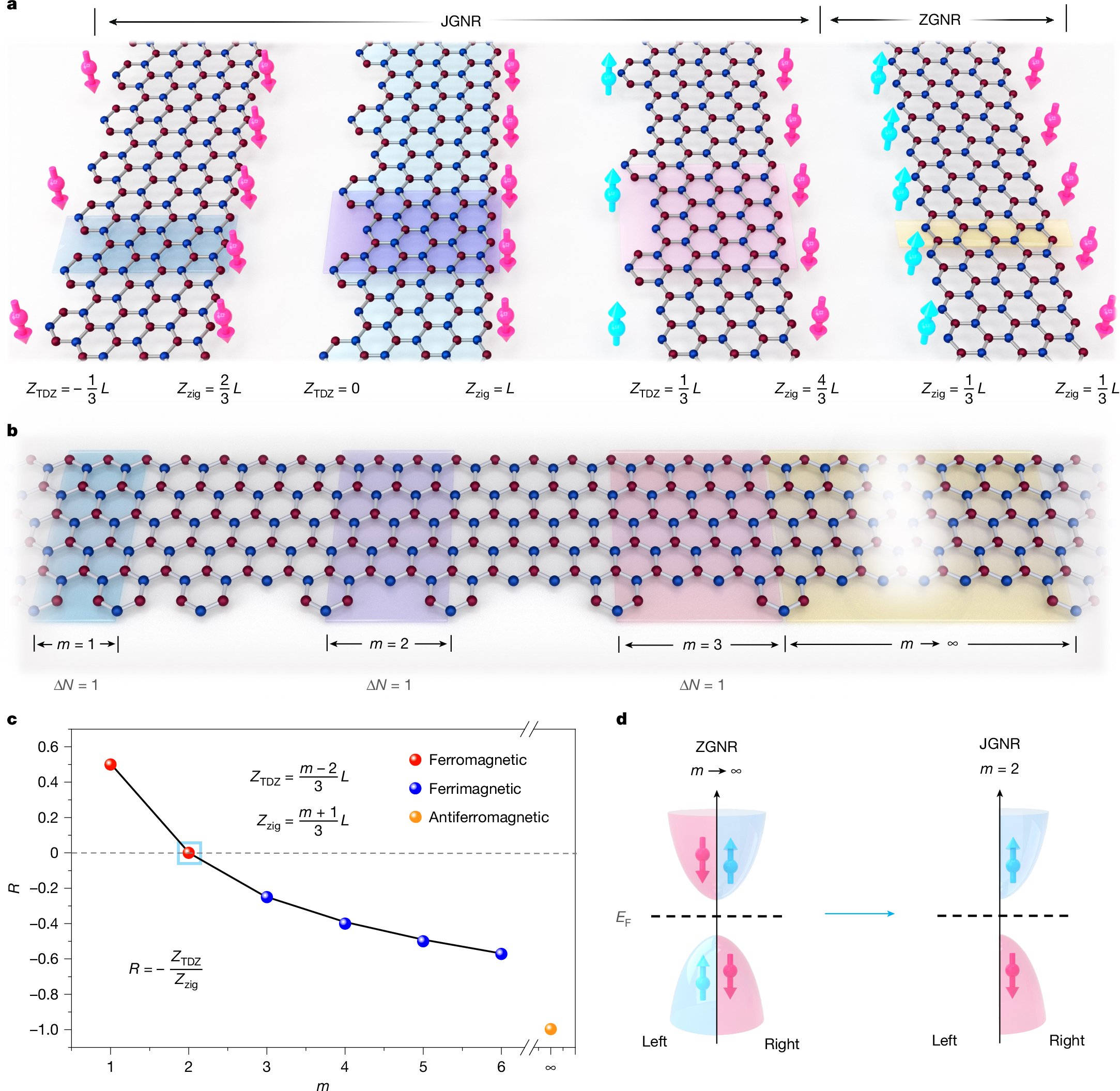
NUS scientists have developed a highly effective and general molecular design that enables an enhancement in radioluminescence within organometallic scintillators by more than three orders of magnitude. nature.com/articles/s4156…
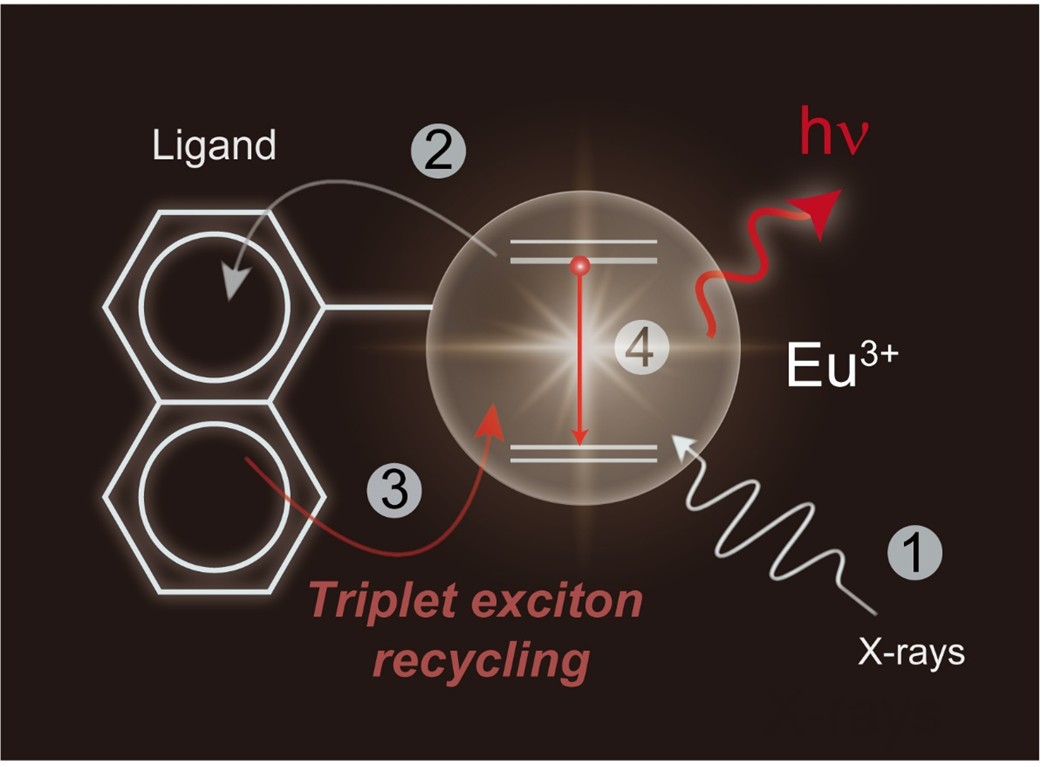
NUS chemists have discovered that the adsorption configuration of carbon monoxide (CO) intermediates, formed during carbon dioxide (CO2) or CO electroreduction on copper surfaces, influences the production of different chemicals. pubs.acs.org/doi/10.1021/ja…
NUS food scientists have revealed key characteristics of the foodborne pathogen Salmonella dry surface biofilm (DSB), a previously overlooked type of biofilm that commonly exists in dry food processing environments. journals.asm.org/doi/10.1128/ae…